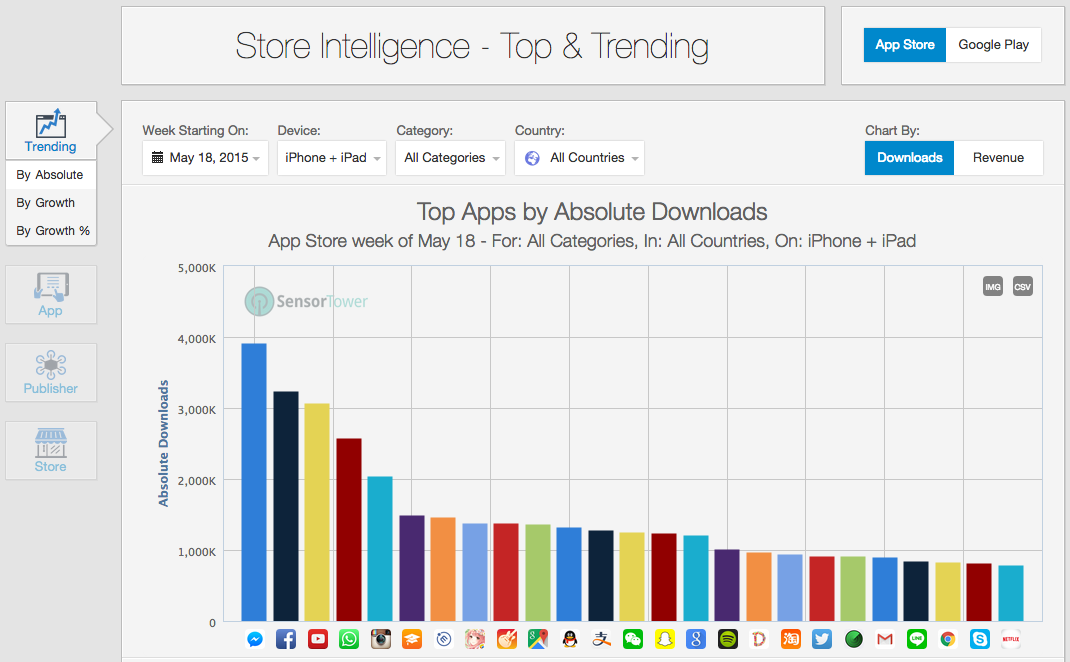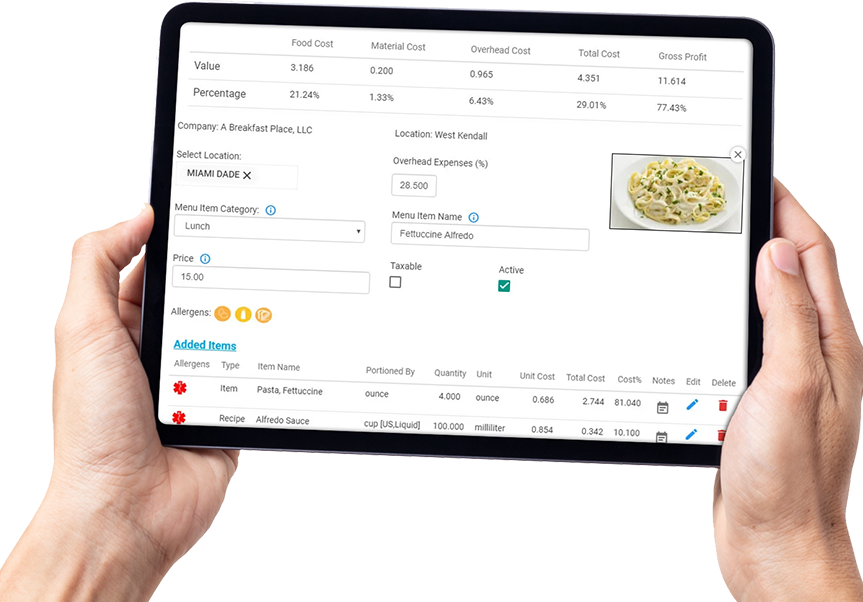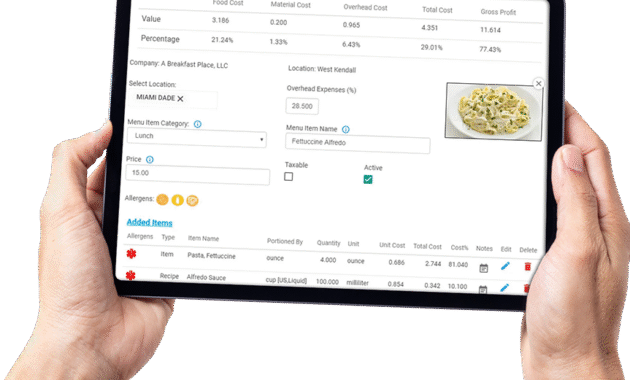Fastest Delivery Apps Ranked by Users offers a comprehensive look into the most efficient delivery services available today, revealing how user experiences can shape our understanding of speed and reliability in the fast-paced world of online shopping and food delivery.
As demand for quick service continues to rise, these apps have become essential tools in our daily lives, providing convenience and accessibility. This analysis delves into the rankings based on user feedback, highlighting the key features that contribute to their success in the competitive delivery landscape.
The advent of technology has significantly transformed various facets of human life, most notably in communication, education, and healthcare. This article delves into the implications of technological advancements on these sectors, exploring how they have reshaped our interactions, learning processes, and medical practices. The integration of technology into everyday activities has not only streamlined processes but also opened new avenues for collaboration and innovation.
In the realm of communication, technology has revolutionized the way individuals and organizations interact. The emergence of the internet, smartphones, and social media platforms has redefined traditional communication methods, leading to the rise of instant messaging, video conferencing, and social networking. These tools have fostered real-time communication across geographic boundaries, enabling individuals to maintain personal and professional relationships regardless of distance.
Moreover, the impact of technology on communication extends to businesses, where tools like email, customer relationship management (CRM) software, and collaborative platforms such as Slack and Microsoft Teams have improved efficiency and productivity. The ability to share information quickly and effectively allows teams to collaborate seamlessly, promoting a culture of innovation and responsiveness. However, this rapid evolution also brings challenges, including information overload and the diminishing of face-to-face interactions, which can lead to misunderstandings and weakened personal connections.Education is another sector profoundly influenced by technological advancements.
The traditional classroom setting has evolved into a more dynamic and flexible learning environment, facilitated by online courses, virtual classrooms, and educational apps. Institutions are increasingly adopting technology-enhanced learning methods that accommodate diverse learning styles and paces. For instance, platforms like Coursera and Khan Academy provide learners with access to quality educational resources from esteemed institutions, democratizing education and making it accessible to a global audience.Furthermore, the advent of artificial intelligence (AI) and machine learning has personalized the learning experience, allowing educators to tailor content to meet individual student needs.
Adaptive learning technologies assess a learner’s performance and modify instructional materials accordingly, ensuring that students receive a customized learning experience that maximizes their potential. This shift towards personalized education not only improves learner engagement and outcomes but also equips students with the skills necessary to thrive in an increasingly complex world.In addition to communication and education, healthcare has also experienced significant transformations due to technological advancements.
The integration of electronic health records (EHRs), telemedicine, and health monitoring devices has improved patient care and streamlined administrative processes. EHRs facilitate the secure sharing of patient information among healthcare providers, enhancing collaboration and ensuring that individuals receive comprehensive care. This technology minimizes errors associated with paper-based records and enables clinicians to access critical information promptly, ultimately improving patient safety and outcomes.Telemedicine has emerged as a vital tool, particularly in response to the COVID-19 pandemic.
It allows healthcare providers to offer consultations remotely, reducing the need for in-person visits and minimizing the risk of virus transmission. Patients can now receive medical advice from the comfort of their homes, making healthcare more accessible to those living in remote areas or with mobility challenges. Telehealth services have proven effective for various medical concerns, from routine check-ups to mental health consultations.Moreover, wearable health technology, such as fitness trackers and smartwatches, empowers individuals to take charge of their health by monitoring vital signs, activity levels, and sleep patterns.
This data-driven approach encourages proactive health management and lifestyle changes, fostering a culture of wellness. However, the reliance on technology in healthcare also raises ethical considerations regarding data privacy and the digital divide, which may exacerbate existing health disparities.Despite the numerous advantages technology brings, it is crucial to address the accompanying challenges and ethical implications. As technology becomes increasingly integrated into everyday life, concerns about privacy, security, and the potential for misuse of personal data have emerged.
The rise of cyber threats and data breaches highlights the need for robust cybersecurity measures to protect sensitive information.Moreover, the digital divide remains a pressing issue, as not everyone has equal access to technology and the internet. This disparity can hinder opportunities for individuals in underserved communities, exacerbating existing inequalities in education, employment, and healthcare. Addressing this gap requires concerted efforts from governments, organizations, and communities to ensure that technological advancements benefit all segments of society.Additionally, the impact of technology on mental health has garnered significant attention.

While technology can facilitate connections and provide resources for mental health support, excessive screen time and social media use can contribute to anxiety, depression, and feelings of isolation. Striking a balance between leveraging technology for positive outcomes while mitigating its adverse effects is a critical consideration for individuals and society as a whole.In conclusion, the integration of technology into communication, education, and healthcare has brought about transformative changes, enhancing efficiency, accessibility, and personalization.
However, these advancements also present challenges that necessitate careful navigation. As we continue to embrace the digital age, it is essential to foster an inclusive approach that prioritizes ethical considerations, addresses disparities, and promotes mental well-being. By harnessing the power of technology responsibly, society can unlock its full potential, ensuring that its benefits are shared equitably and sustainably.










